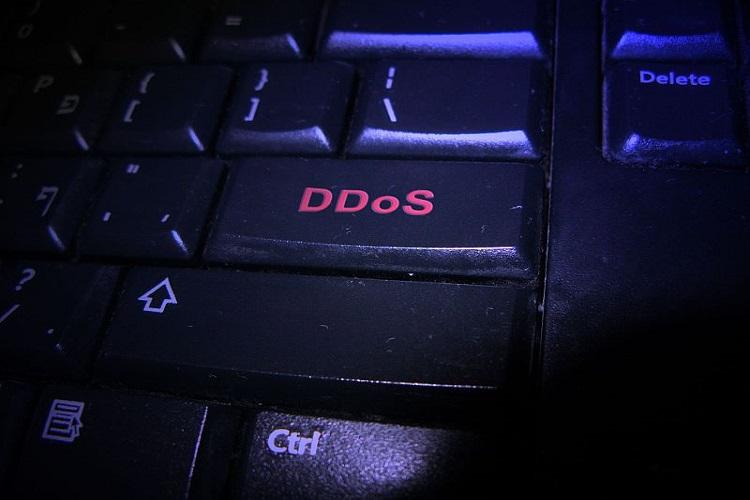
For each month from January to June 2020, the number of DDoS attacks affecting educational online resources increased by at least 350% when compared to the corresponding month in 2019.
In a denial of service (DoS) attacks, cyber criminals attempt to overwhelm a network server with requests for services so that the server crashes — denying users access. While DoS attacks involve only one attack computer, what typically occurs is a distributed denial of service (DDos) attack. These involve a “botnet” — a series of infected computers that can carry out tasks simultaneously. DDoS attacks are particularly problematic because they can last anywhere from a couple days to a few weeks, causing disruptions to organizations’ operations and — in the case of educational resources — denying students and staff access to critical materials.
With more people than ever online due to the pandemic this spring and summer, networks became a preferred target of an attack. In fact, globally, the total number of DDoS attacks increased by 80% in Q1, 2020 when compared to Q1 2019. Moreover, attacks on educational resources accounted for a large portion of this growth. Between January and June 2020, the number of DDoS attacks affecting educational resources increased by at least 350% when compared to the corresponding month in 2019.
|
Percent increase when compared to 2019 |
January: 550% |
February: 500% |
March: 350% |
April: 480% |
May: 357.14% |
June: 450% |
The percent growth in the number of attacks on educational resources when compared to the same month of the previous year
DDoS attacks weren’t the only cyber threats faced by educators and students this past spring. From January to June 2020, 168,550 unique Kaspersky users encountered increase number of various threats distributed under the guise of popular online learning platforms/video conferencing applications (Moodle, Zoom, edX, Coursera, Google Meet, Google Classroom, Blackboard). Educators also encountered an increasing number of phishing pages and emails exploiting these same platforms, also putting them at risk of downloading various threats.
“Remote learning became a necessity for billions of students this past spring, and many educational institutions were forced to make the transition with little or no preparation. The ensuing increase in the popularity of online educational resources coupled with this lack of preparedness made the educational sector an ideal target for cyber attacks. Moving forward this fall, as many schools and universities plan to conduct classes online—at least part of the time — it’s critical these organizations take steps to secure their digital learning environments,” comments Alexander Gutnikov, security expert at Kaspersky.
To stay protected from DDoS attacks, Kaspersky experts recommend:
- Maintain web resources operations by assigning specialists who understand how to respond to DDoS attacks. They must also be prepared to respond out-of-hours, during evenings and weekends
- Validate third-party agreements and contact information including those made with internet service providers. This helps teams quickly access agreements in case of an attack
- Implementing professional solutions will safeguard an organization from DDoS attacks. For example, Kaspersky DDoS Protection combines Kaspersky’s extensive expertise in combating cyberthreats and the company’s unique in-house developments.

 In
In
Add new comment